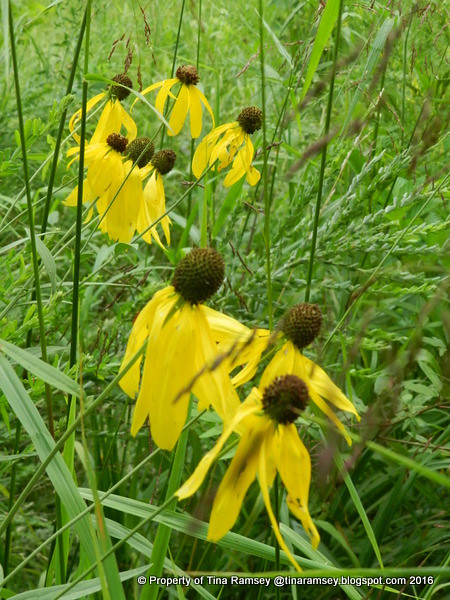
Let's talk about Wildflower Hill today. You all may remember we purchased our property three and one half years ago. At that time we had to clear a lot of trees and scrub growth. After everything was cleared we wound up with predominately broomsedge grass on the Wildflower Hill portion of our property. While broomsedge is not bad for wildlife I wanted forbs in order to feed the pollinators and wildlife such as birds and deer.
My solution for adding forbs was to wintersow a good amount of native wildflower seed purchased from Roundstone Seed in Kentucky in February 2014. This was after speaking to the Tennessee biologists about the area of my land I needed help developing. I really wished for help doing a prescribed burn but help was not forthcoming so Mr. Fix-it and I went it on our own by wintersowing. All of my research told me it would take a few years for the wildflowers to even show up let alone spread and take hold after seeding. Enter summer 2016 and we are now seeing some results from our labors. The above gray headed coneflowers are definitely one of the seeded forbs I added to the area. This is the first year I have seen it and I am very excited!

Here is a long look at one part of the approximately two acre area of Wildflower Hill. It looks like a jumble of weeds--and some might consider it so but not me! It is pure beauty.

Coneflowers have been growing in the area for two summers now. They are beginning to seed about a bit. I am ever so happy to see happy wildflowers!
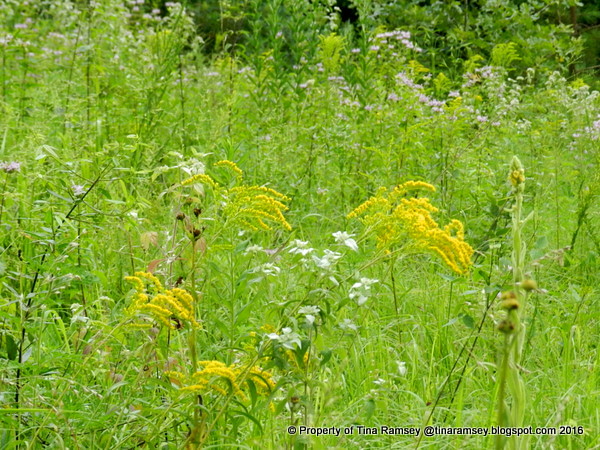
Goldenrod, mountain mint, and wild beebalm already had seeds laying dormant in the soil. While some of these wildflowers may be from my seeding the wildflower seed I think the majority of these seeds just needed to be exposed to the sun in order to sprout and grow. I say this because the goldenrod is a fairly common roadside weed that grows abundantely just about everywhere. The mountain mint and bee balm are thick as thieves in one particular spot of the Wildflower Hill and that is not a spot where I sowed my seeds. Those two wildflowers are spreading out and attract predominantly swallowtail butterflies. On any sunny day I can ride down the hill and marvel in the hundreds, if not thousands, of butterflies partaking of these plants. It is almost really surreal! Imagine everything in slow motion without hardly a sound around and you see black butterflies gently swaying back and forth between flowers. Amazing, simply amazing.
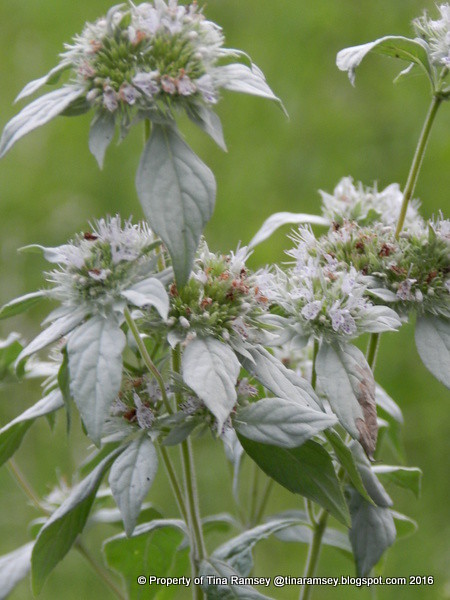
A close up of the mountain mint.

A close up of the goldenrod. This is a wonderful wildflower and I think it will help to sustain my bees over the winter. I never find any honeybees on these flowers but I can smell the distinctive smell of goldenrod nectar as they bring it to the hive. Hopefully they will make lots of honey to sustain them over the winter.
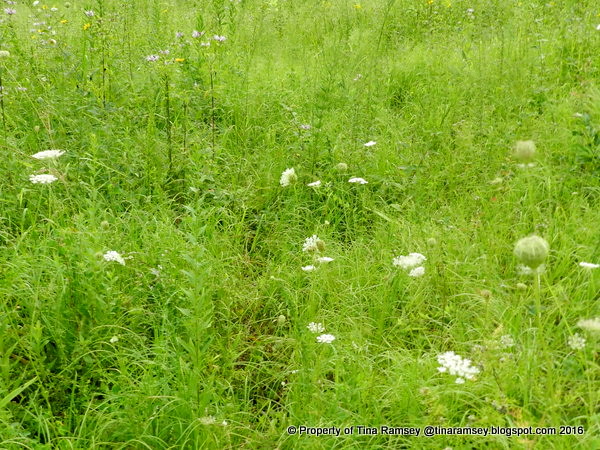
Queen Anne's lace is a non-native wildflower that has naturalized here in America. I like it even though it is not native. I always finds lots of bugs partaking of its goodness.
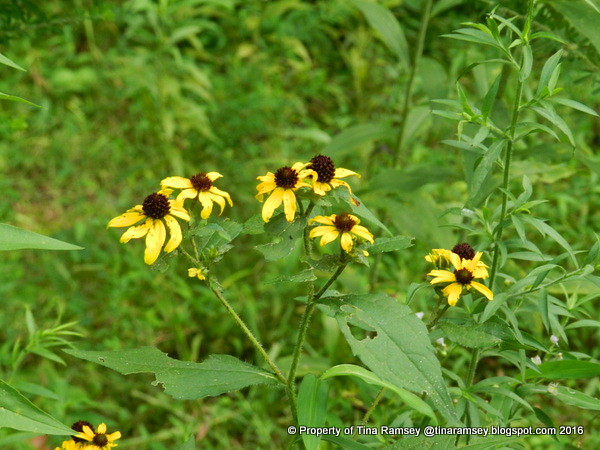
Tall coreopsis (Coreopsis tripteris) grows predominately at the bottom of Wildflower Hill. Two years ago it was a solid mass of flowers. Last year and this year it has not come back as strong and robust as that first year.
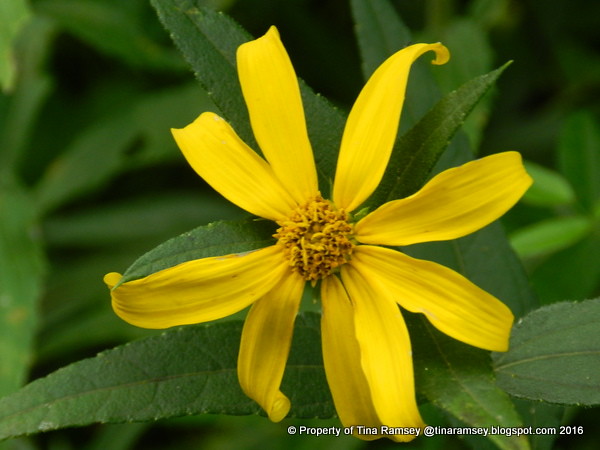
Greater tickseed is a pretty little ray of sunshine.
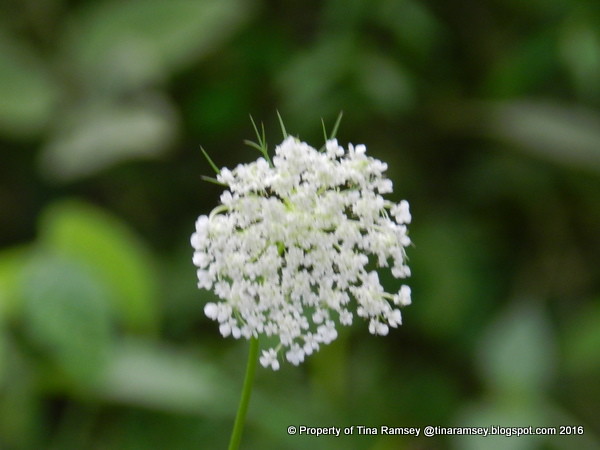
Queen Anne's lace.

I am not sure what type of wildflower this one is. It may be more Coreopsis major or a type of cup plant or something else. I need to do more research on this one.
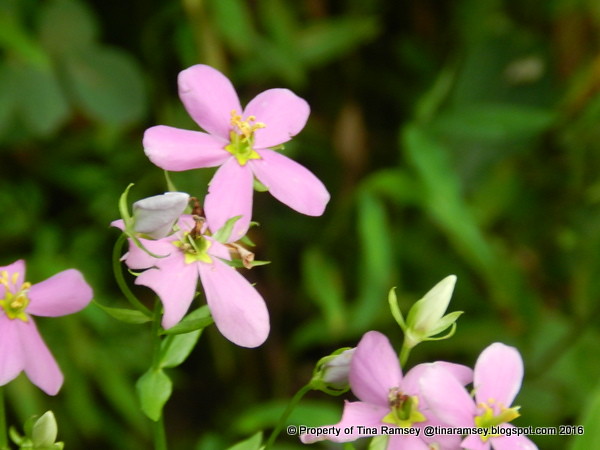
Rose pink (Sabatia angularis) is a biennial that showed itself big time two years ago. This year it is back but not in such great numbers as it was two years ago. This is not an issue limited only to Wildflower Hill because I noticed that along the roadsides it has not shown up as much as two years ago either.
Also flowering but not pictured are: bee balm, verbascum, butterflyweed, asters, and ironweed....
in the garden....
I would love to have an area that I could leave to wildflowers. I think your meadow is beautiful. I can imagine the butterflies flitting around the wildflowers. I have not ever noticed that pink flower here. It is a beauty.
ReplyDeleteWow, so much wild beauty in just 3 1/2 years. You two have done so much to beautify your property. Thanks for sharing ~ FlowerLady
ReplyDeleteBeautiful, just beautiful.
ReplyDeleteIt's beautiful! How exciting to see what all is coming up and blooming! Your mystery plant may be a kind of sunflower.
ReplyDeleteLove it! Such a transformation. You are really giving that property a chance to shine.
ReplyDeleteWonderful. I love the prairie and its restoration. I mainly foster my woodland wildflower here on Oak Hill but a few sunny spots get the full prairie treatment...:)
ReplyDeleteOh so pretty! How wonderful to be able to walk out your door and have such a beautiful place alive with bees and butterflies so close. I had forgotten that Queen Anne's Lace wasn't a native, but it's one of my favorites. Right now it and chicory line most of the roadsides around here, and I love it.
ReplyDeleteThe Goldenrod looks lovely.
ReplyDeleteWildflowers too can be pretty.
The wildflowers on your land are lovely and nurture bees, birds, butterflies and you too.
ReplyDeleteThe wildflowers are truly beautiful ♥
ReplyDeletesummerdaisycottage.blogspot.com
What a wonderful job you've done turning scrub patch into a beautiful prairie and can only improve with age. Bravo!
ReplyDelete